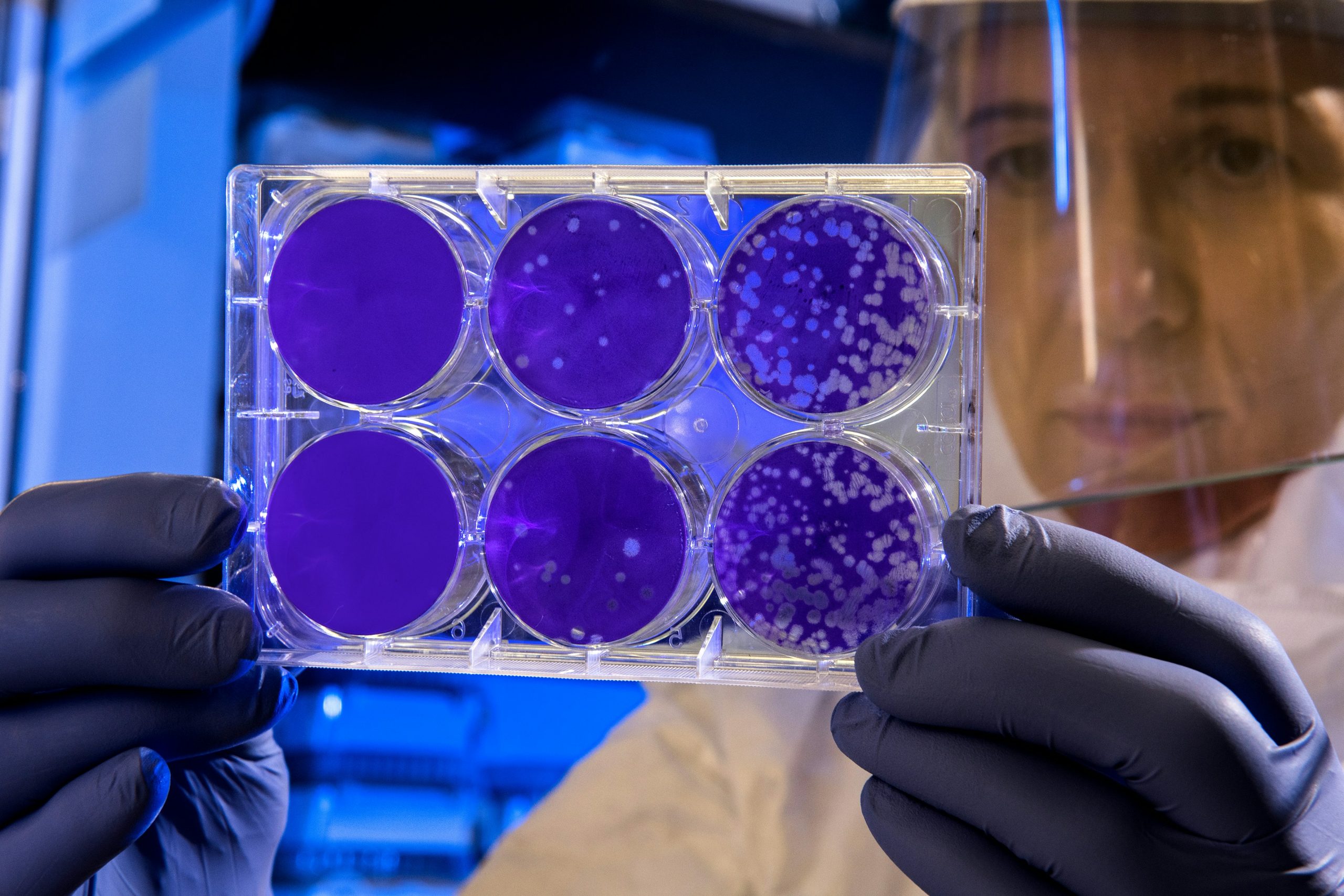
Future Trends in Youth Sports Development
Introduction
As society evolves, so too does the landscape of youth sports development. Today’s trends are shaping tomorrow’s opportunities for young athletes, coaches, and communities alike. From technological advancements to evolving coaching methodologies, the future of youth sports promises exciting changes that enhance both performance and participation.
Technological Integration
Technology is revolutionizing youth sports development, offering tools that were once only accessible to elite athletes. Innovations such as wearable fitness trackers, video analysis software, and virtual reality training programs are becoming commonplace in youth sports programs.
- Wearable Technology: Devices like smartwatches and fitness bands monitor biometric data, providing insights into performance metrics such as heart rate variability, sleep patterns, and recovery times.
- Video Analysis: Coaches can use high-speed cameras and analysis software to break down techniques and provide instant feedback to athletes, accelerating skill development.
- Virtual Reality (VR): VR simulations allow athletes to experience game scenarios and practice decision-making in a controlled environment, improving cognitive skills and on-field performance.
Specialization vs. Multi-Sport Approach
There is a growing debate between specialization in one sport from a young age versus participating in multiple sports. While specialization can lead to mastery of specific skills, it also increases the risk of overuse injuries and burnout. On the other hand, a multi-sport approach encourages overall athleticism, reduces injury risks, and prevents mental fatigue.
“Research indicates that early specialization may not be beneficial for long-term athletic success. Athletes who engage in diverse sports experiences tend to develop broader skills and a more resilient mindset.”
Emphasis on Mental Health and Well-being
Beyond physical training, there is a growing recognition of the importance of mental health in youth sports. Coaches and organizations are integrating mindfulness training, sports psychology, and stress management techniques into their programs to support athletes’ overall well-being.
Case Study: The Positive Coaching Alliance (PCA) emphasizes the importance of creating a positive and supportive environment for young athletes, focusing on building character, resilience, and mental toughness alongside athletic skills.
Inclusivity and Diversity
The future of youth sports development is increasingly diverse and inclusive, reflecting broader societal values. Efforts are being made to reduce barriers to entry based on race, gender, socio-economic status, and physical ability.
For example, organizations like Girls on the Run and the Special Olympics are expanding opportunities for girls and athletes with disabilities respectively, promoting social inclusion and empowerment through sports.
Globalization and Access to Resources
Advancements in communication and transportation have made it easier for youth athletes around the world to connect and compete. Global tournaments, exchange programs, and online coaching platforms are breaking down geographical barriers, providing access to training resources and diverse competition experiences.
Example: The Junior NBA Global Championship brings together young basketball players from different countries, fostering cultural exchange and international sportsmanship.
Conclusion
The future of youth sports development is dynamic and multifaceted, driven by technological innovation, evolving coaching philosophies, and a commitment to holistic athlete development. By embracing these trendswhether through technological integration, promoting mental health, enhancing inclusivity, or expanding global accessyouth sports programs can nurture the next generation of athletes, leaders, and healthy individuals.
As we look ahead, it’s clear that the intersection of sports and society will continue to shape how we approach youth sports development, ensuring that it remains both progressive and impactful.



